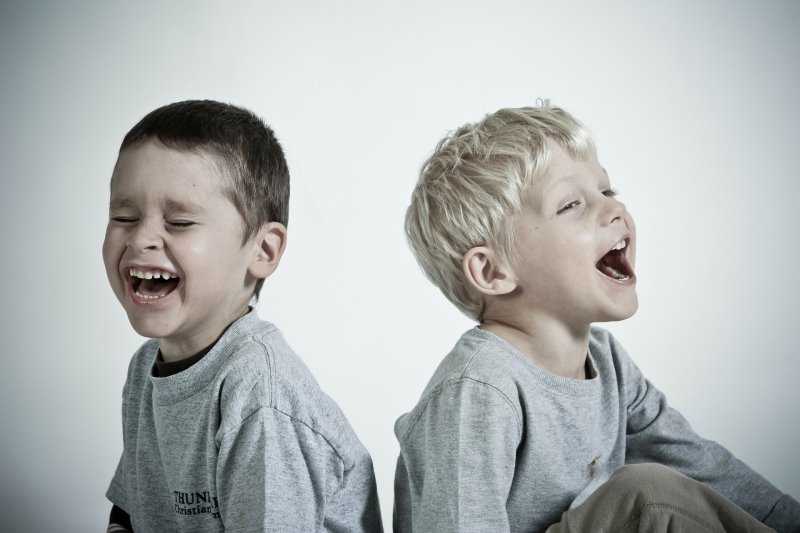Child development is an essential aspect of their growing age. It involves the overall growth and maturation of a child, physically, emotionally, and cognitively. One of the critical factors in child development is education and, more specifically, art education. Art cultivates creative thinking, social-emotional skills, cognitive abilities, and a sense of culture. However, traditional forms of imparting art education have been significantly altered due to technological advancements in recent years.
Online platforms have stepped up to the challenge, revolutionizing art education from a distance, and are playing a vital role in enhancing every facet of child development.
Today, parents and educators around the world are turning to these platforms for their rich resources, diverse lessons, and interactive learning environments. They have brought art education into the digital age. Let's discuss how.
1. Encouraging Creativity and Imagination
In the world of online art education, the constraints of time, space, and resources have been lifted to stimulate boundless creativity and imagination. Children can experiment with endless colors, materials, and techniques on an online platform, providing them an unrestricted canvas for their budding thoughts and ideas.
2. Enhancing Cognitive Development
Online art platforms foster problem-solving skills, improve communications, and enhance spatial-temporal abilities in children. Drawing, painting, or sculpting allows kids to understand and integrate different perspectives. They learn how to make decisions, how to evaluate their work, and how to develop the focus and patience necessary to complete a task, enhancing cognitive development.
3. Boosting Emotional and Social Skills
Art platforms often arrange group projects and online interactions. It helps children develop their social skills, learn team dynamics, express themselves better, and respond to feedback constructively. This interaction and shared creation foster a sense of community among children, enhancing their emotional and social skills.
4. Cultivating a Love for Art and Culture
The beauty of online art education is that it opens up the door to the diverse world of art and culture. Children get exposed to international art forms, artists, and cultural histories that they may not get access to otherwise. It cultivates an appreciation and love for art and culture among children and nurtures global citizens.
5. Adaptable to Different Learning Styles
Online art platforms understand that each child learns differently and adapts the learning method to meet that need. With a variety of resources such as videos, textual content, quizzes, and interactive sessions, learners have the freedom to choose their preferred learning style, promoting a deeper understanding and love for art.
6. Parental Engagement
Online platforms are taking significant steps to involve parents in their child's art education. These platforms provide regular progress reports, resources, and activities that encourage parents to get involved. This active engagement fosters a bond between the child and parent while promoting a supportive learning environment at home.
Indeed, these transformations have made an impact. However, one question remains pertinent - Has the rapid digitalization endangered traditional physical art learning?
The combination of traditional art education with emerging digital practices can result in a balanced and holistic learning experience for the child. Indeed, digital art platforms offer extraordinary resources, flexibility, and adaptability. Still, traditional art instruction provides invaluable tactile and sensory experiences, as well as fosters important human connections. Thus, the trick lies in deploying the right blend of online and offline practices to offer rich, comprehensive, and balanced artwork education.
In conclusion, online platforms are revolutionizing the way art education is imparted, enhancing child development on multiple fronts. They are bridging the gap between traditional and modern learning techniques to shape the children of today into the creative thinkers, problem solvers, and global citizens of tomorrow.
While we should celebrate the tremendous growth and advancements in online art education, we must not forget to strike a balance with offline practices. The future is bursting with possibilities, and how we wield them can have a remarkable impact on the way a child grows and develops.


leave a comment